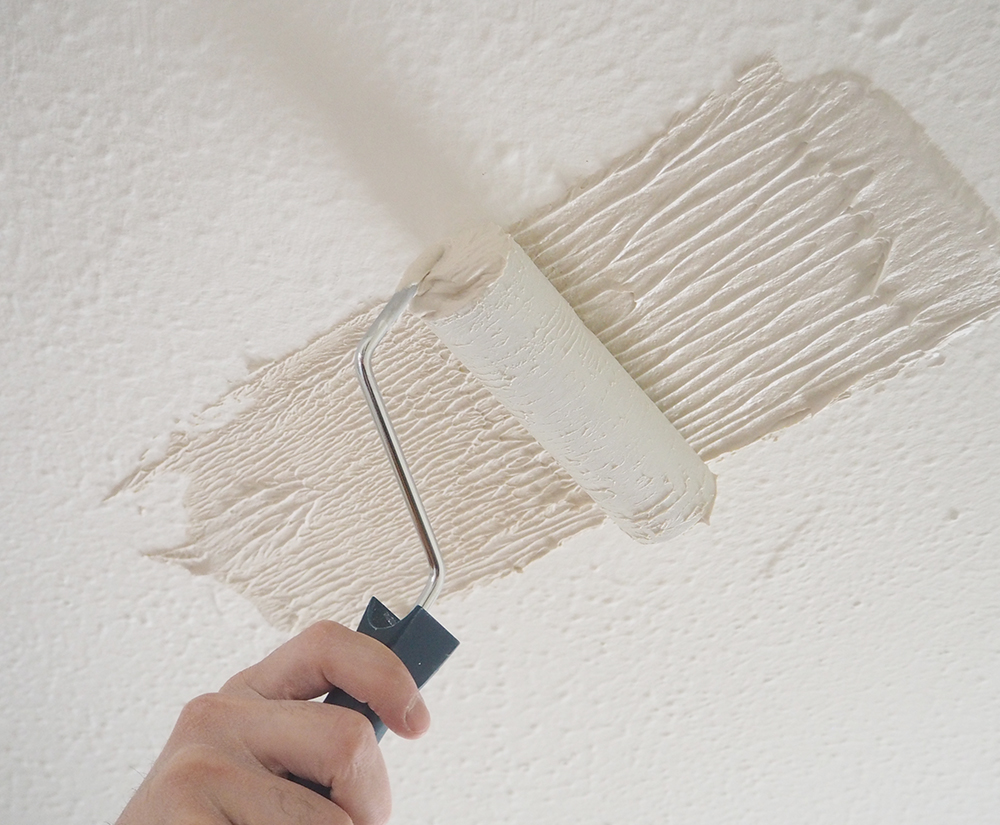

This ratio is the general rule of thumb that most painting contractors abide by.

However, if you want to add depth or create distinctive effects, you will have to mix paint with drywall compound – one part of drywall compound to ten parts of paint. Pre-mixed textured paint will work well if you’re going for a subtle texture. Use pre-mixed textured paint or mix paint with drywall mud Apply an even thin layer to the entire surface and let it dry completely. That is to say, you’ll need a dark primer for dark paint and a light primer for light paint. It will simplify the paint as well as texture application and produce long-lasting effects.įor your ceiling’s texture, pick a paint primer that is similar to the color of the paint you’ll be using. Priming is still necessary for a quality finish.

And of course, your vision as well as creativity.įor those who want to learn how to texture a ceiling, this step-by-step guide will help you navigate the home improvement project without sending your home remodeling budget through the roof.Īlthough you might believe that because textured paint is part drywall mud, it will stick to any surface. All you’ll need is a mixture of paint and drywall mud.

Keep in mind that you can choose from a variety of techniques to create the texture you want. For example, if you’ve seen a popcorn ceiling, you’ll know the visual impact it has on a room. So if your flat ceiling is looking a little too plain, you can add a lovely texture to jazz up the room and make it stand out. Another advantage of a textured ceiling is that it helps camouflage any imperfections such as ceiling cracks or signs of water damage. But, how to texture a ceiling? Don’t worry, we have some steps and useful tips on how to texture a ceiling in this blog.Ī texture adds a special touch to your home décor. Want to add a new character to your room? You can try a textured ceiling, instead of slapping a coat of white paint, to bring visual interest.


 0 kommentar(er)
0 kommentar(er)
